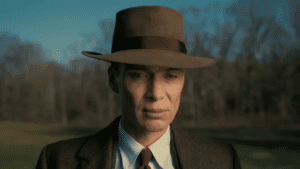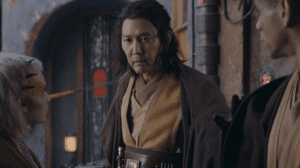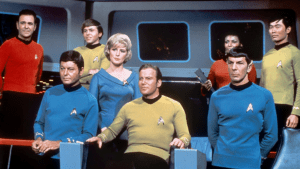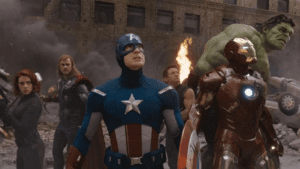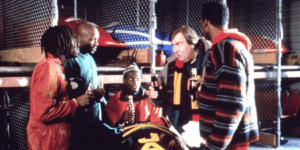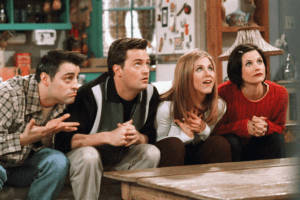Never trust movies to portray history accurately. They mostly don’t. “Artistic license” for entertainment value takes precedence over the facts. Here are 10 historical myths that movies taught us that are completely wrong!
10. Braveheart Myth: Scottish Kilts
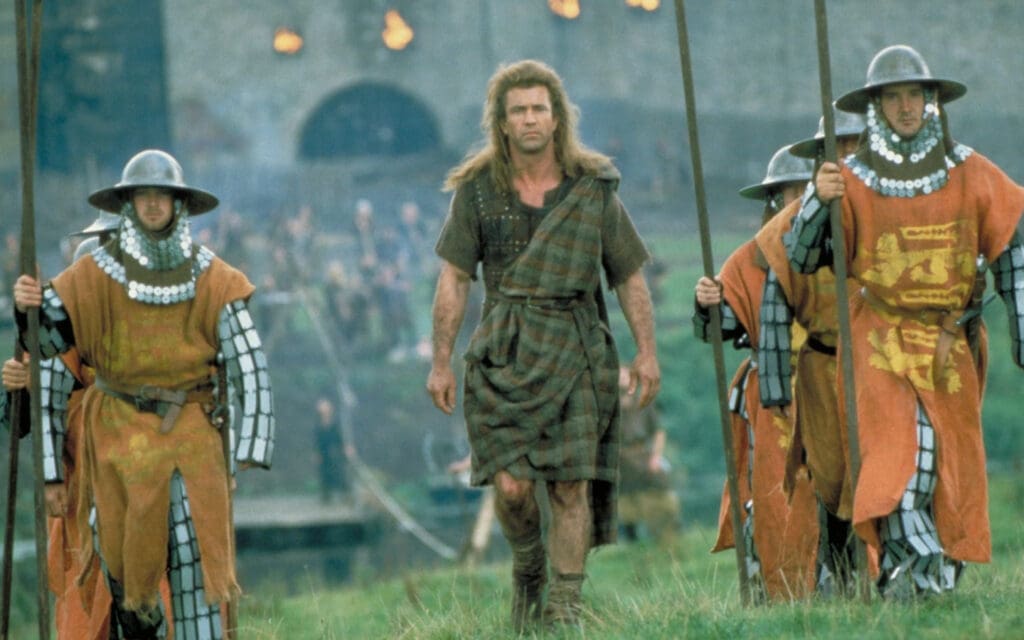
We all know the Scottish were kilts. But the problem in Braveheart is the time setting, supposedly around 1280. Kilts didn’t come into existence for another 300 years in the 15th century. Braveheart is full of other historical inaccuracies. The battle of Stirling Bridge, for example, is missing the bridge itself.
9. Pocahontas Myth: Her Age
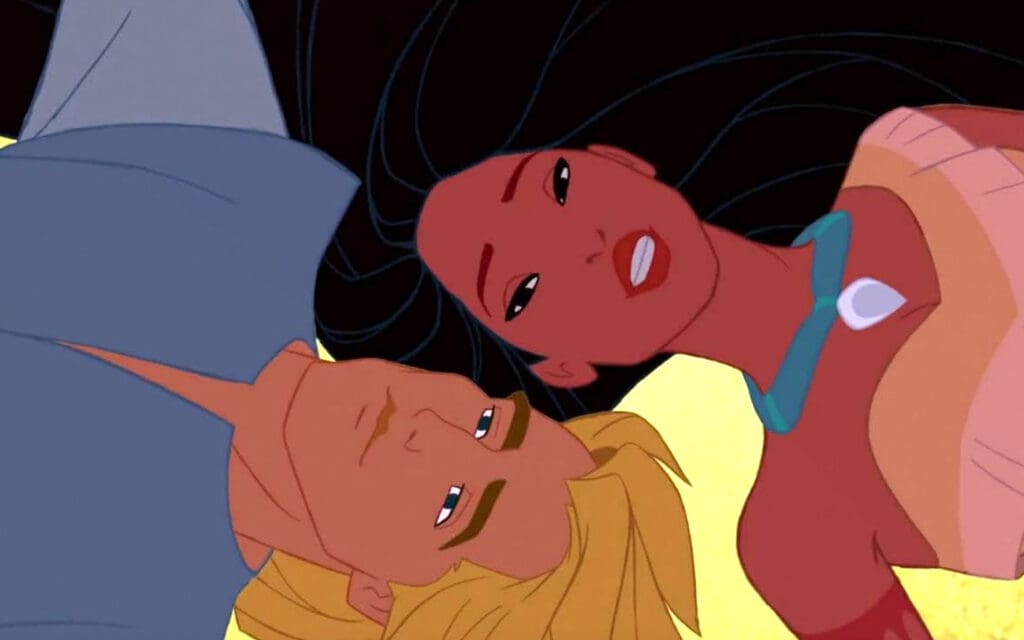

Disney’s Pocahontas (and other portrayals for that matter), always make us think that this legendary Native American daughter of the Powhatan chief was a grown woman in her mid-20s. But in reality, she was only 10 years old when she met English explorer John Smith. She died from unknown causes at age 20-21 in England in 1617.
8. 300 Myth: That Spartans Wore Short Shorts and a Cape
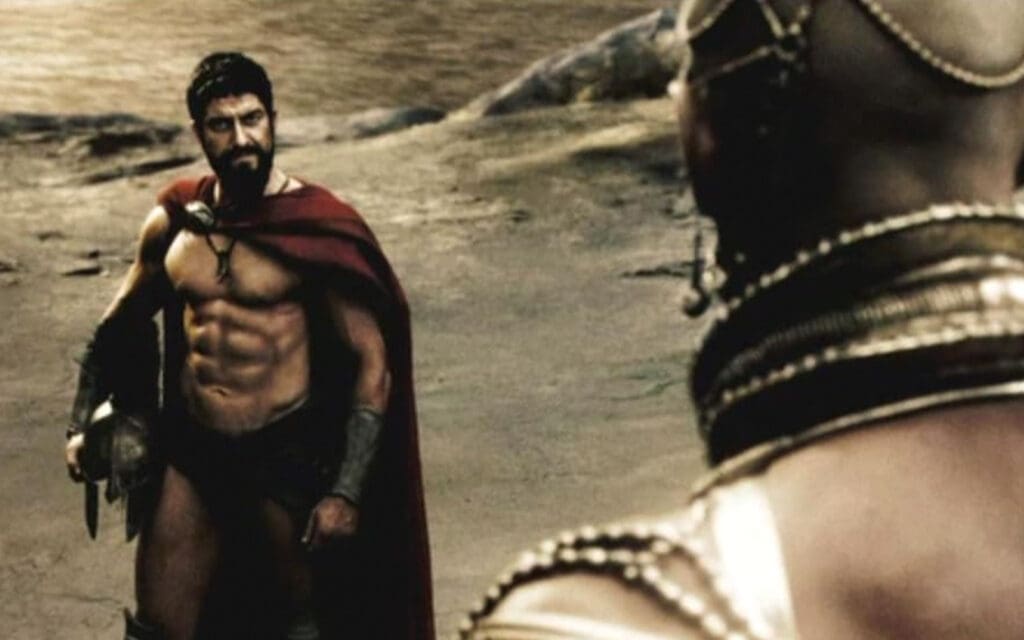

The film 300 features a shirtless, eight-pack sporting Gerard Butler wearing a cape and some very short shorts as he does battle with a spear and sword. In reality, Spartans wore breastplates, greaves for shin protection, vambraces for forearm protection, bracers for the wrist and forearm, helmets, and held shields. Without all that, King Leonidas wouldn’t last long in battle.
7. Movie Myth: Poor Hygiene in the Medieval Era
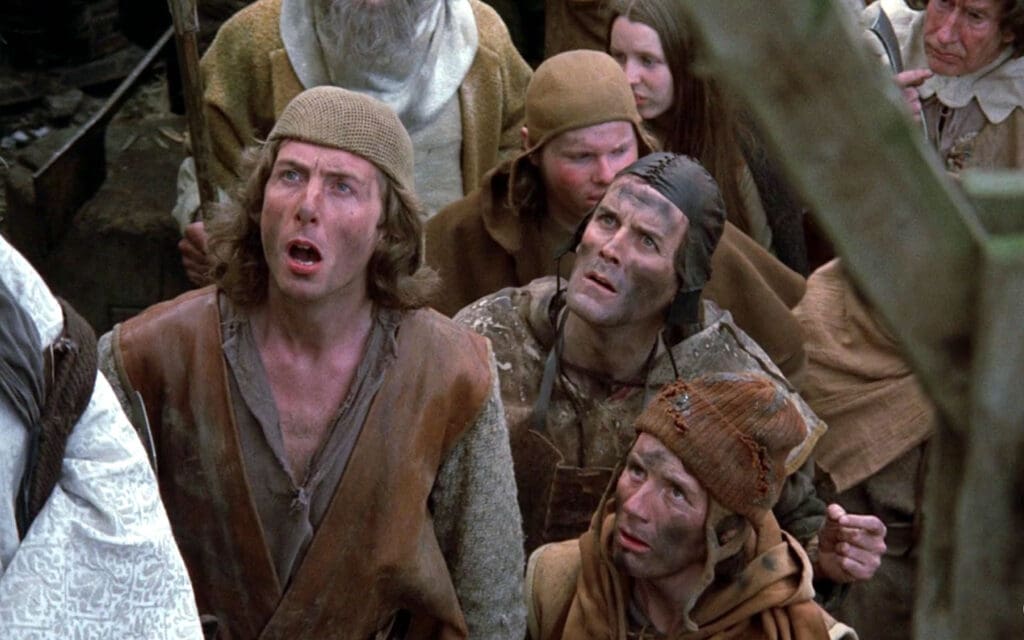

Many movies show peasants of the medieval era covered in grime, looking like they work in a coal mine. While hygiene wasn’t what it is today, Hollywood distorts how bad it was. People were encouraged to bathe and wash their hair, as lice and fleas were a problem then. People also used twigs and wool cloth to clean their teeth.
6. Movie Myth: Hand-Kissing Knights


Hollywood portrays knights as a chivalrous hand-kissing bunch. The tale of Sir Lancelot and Guinevere from Arthurian legend probably sparked this idea of courtly love. However, the hand kiss didn’t become popular in some countries until the Victorian era. Even then, the response was mixed, with some finding it inappropriate.
5. Movie Myth: The Effectiveness of Armor
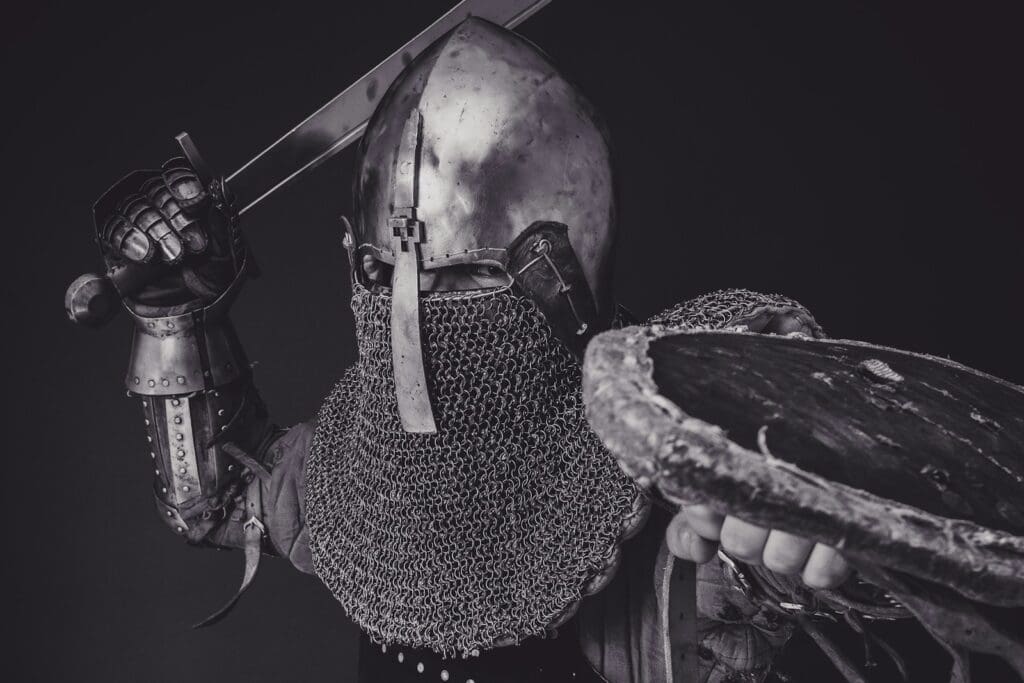

Scores of Hollywood movies show knights wearing armor that is often easily penetrated. But in real life, plate armor was very effective at blocking most attacks. Its wearer could move around better than many movies show, too. Chain mail was also very effective against slicing attacks, although less effective against pointed weapons.
4. Movie Myth: Epic Battles
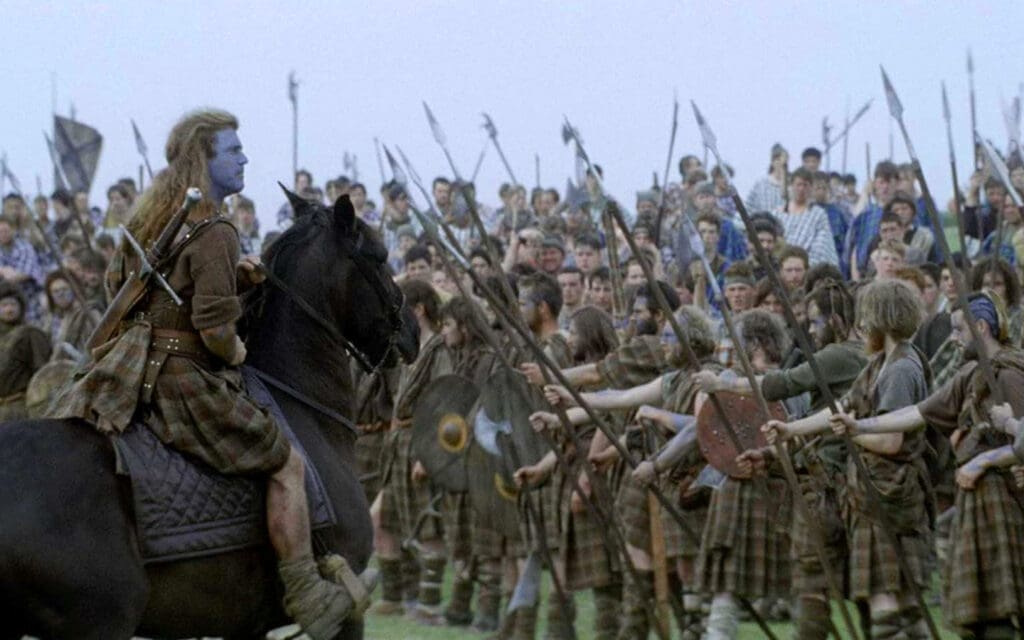

Countless movies show a leader giving a speech to thousands of his men before going into battle. But in reality, no one would’ve heard him so far away. Sure, battle speeches happened with smaller armies, but not larger ones. Instead, generals spoke to soldiers in blocks or sent out messages. But even those wouldn’t look as epic as Hollywood portrays.
3. Movie Myth: Dinosaurs Without Feathers
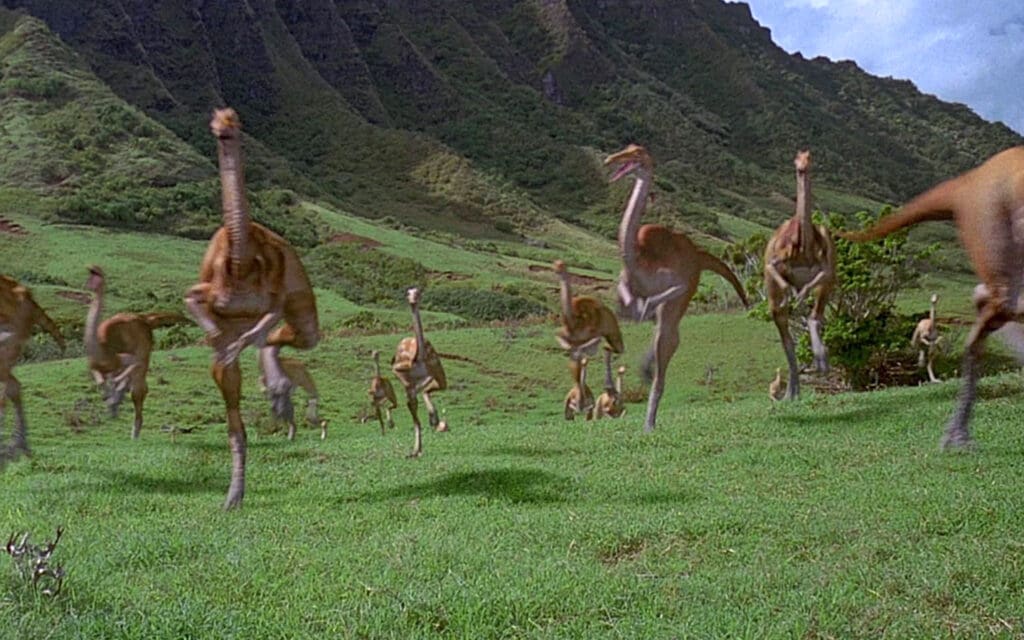

We’ve all heard that dinosaurs are related to birds. Birds have feathers. Even non-avian species. That was proved in the 1990s when discoveries were made in China. The dinosaur feathers are believed to date back some 180 million years. It hypothesized that the feathers were for display before they evolved into use for flight.
Read More: This Perfectly Preserved Dinosaur Embryo Looks Incredible
2. Movie Myth: Flowing Hairstyles for Women
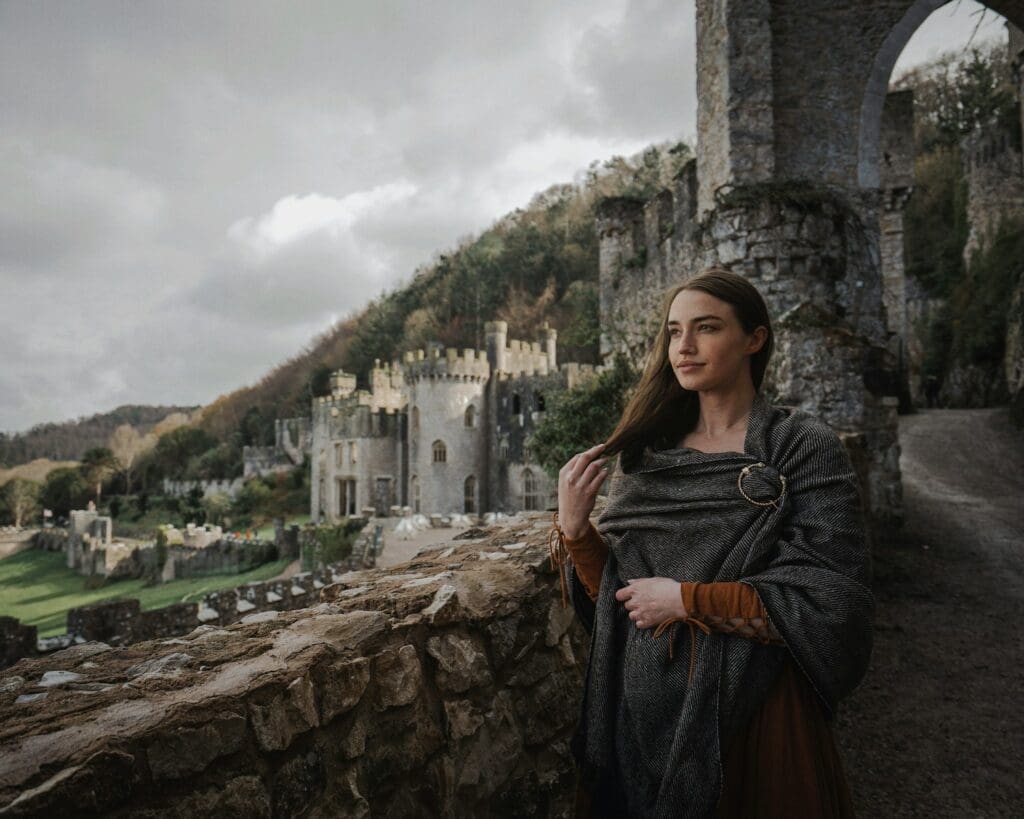

Movies set in medieval or Victorian times portray women displaying their longhair loose and flowing. But in reality, women braided their hair and pinned it up, or they covered their hair. In those days, showing off long hair was viewed as not only immodest but also a sign of temptation and sin. This was especially true for married women.
Read More: 9 Historical Women Who Changed the Course of History
1. Movie Myth: People Only Lived to 30 in the Olden Days
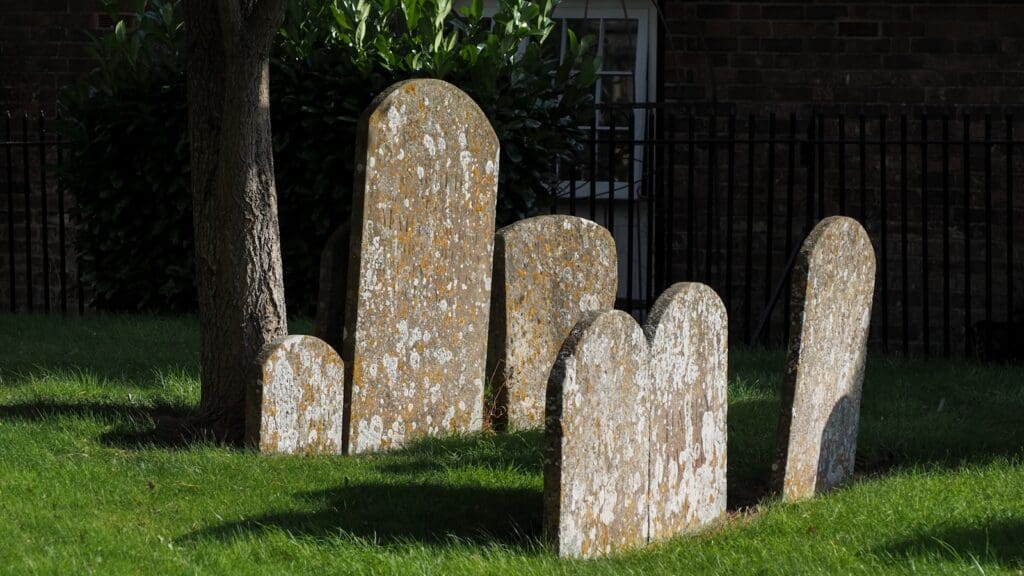

While the average life expectancy during the early Medieval period was 31 years old, that’s only an average. Child mortality claimed 40-60% of fatalities. Diseases, plague, famine, and lack of medicine also played a role. Nonetheless, the typical peasant could live to around 55 years, while for others the normal life expectancy ranged between 62 and 70 years old.
Read More: 10 Debunked Myths Your Parents Convinced You Were Real

